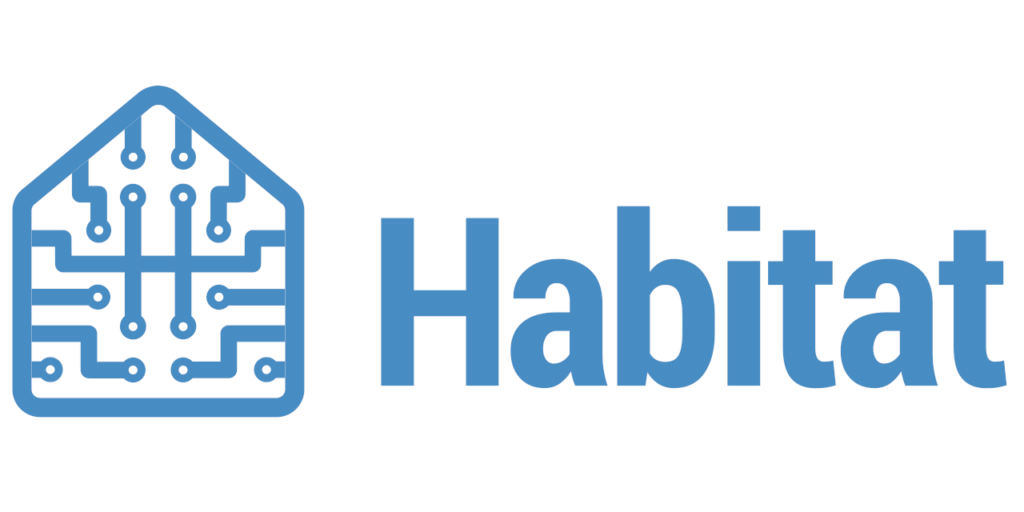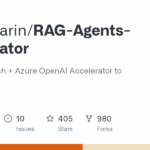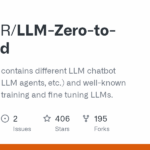habitat lab
Basic Information
Habitat-Lab is a modular, high-level library for end-to-end development and research in embodied AI. It provides infrastructure to define and run embodied tasks in realistic indoor simulation using Habitat-Sim as the core simulator. The repository is intended for training and evaluating embodied agents on tasks such as navigation, rearrangement, instruction following, question answering, and human following. It supports single- and multi-agent setups, configurable agent embodiments and sensors, human-in-the-loop interaction for data collection and evaluation, and integration with robotics tools. The README documents installation steps using conda and pip, examples for non-interactive and interactive testing, dataset download utilities, available baselines, debugging tips for vectorized environments, and Docker containers for reproducible setups. The project is MIT licensed and intended for researchers and developers building embodied AI systems.








